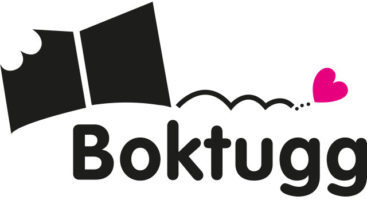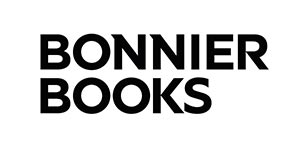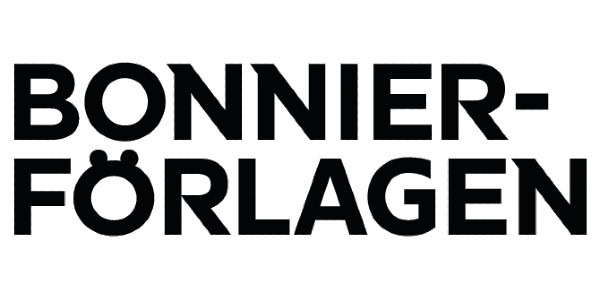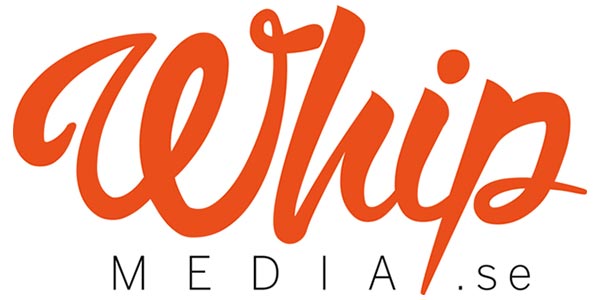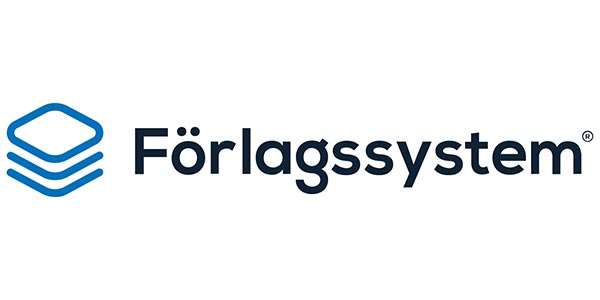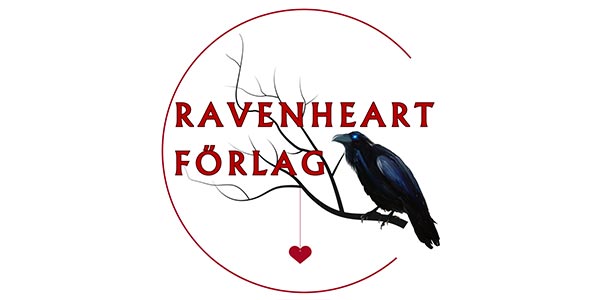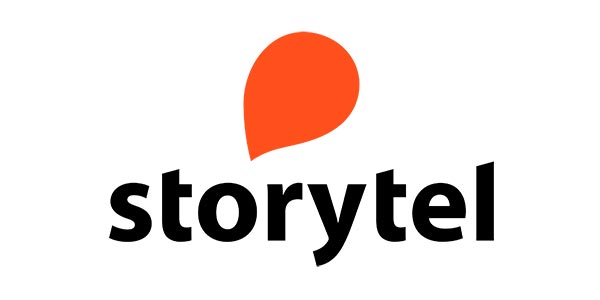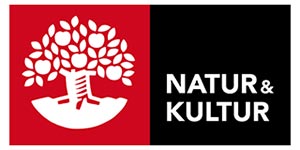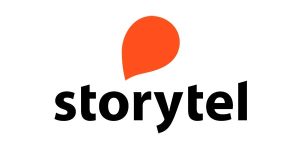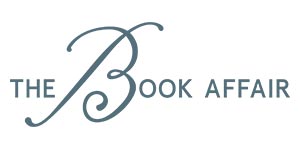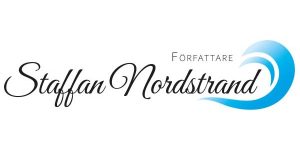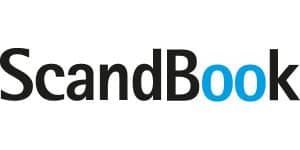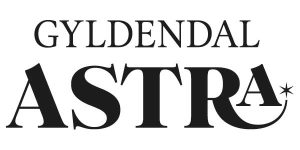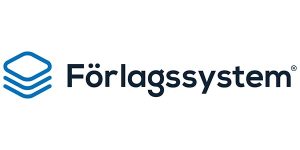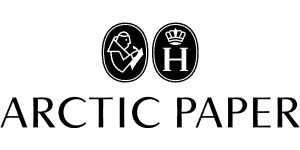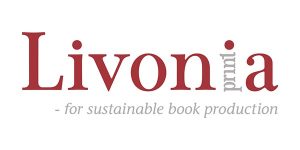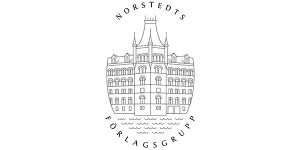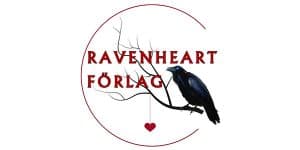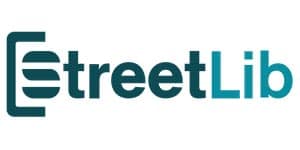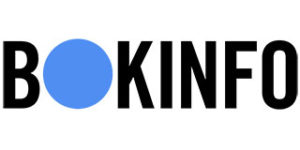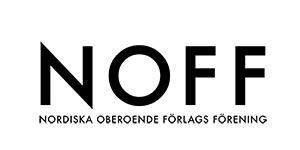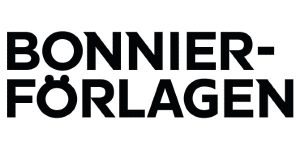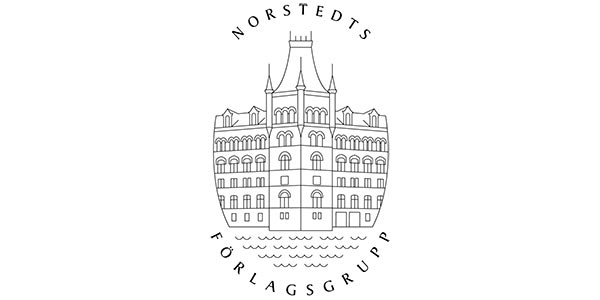
Tillbaka till texten : derivativt skrivande i en svensk gymnasieklass

| Författare | |
|---|---|
| Förlag | Malmö Högskola |
| Genre | Pedagogik |
| Format | Häftad |
| Språk | Svenska |
| Antal sidor | 210 |
| Vikt | 422 gr |
| Utgiven | 2018-02-28 |
| ISBN | 9789186295233 |
English abstract
This licentiate thesis investigates fiction writing and reading in up- per secondary school in Sweden. Inspired by fanfiction I created a teaching project of derivative writing in which the students in a se- cond-year social science class wrote short stories derived from 20th century novels. They also gave peer response, both orally and in writing. Finally they wrote a reflective text about the project. The main purpose of the study is to describe and analyse the teaching project. The primary material is the students’ short sto- ries. Drawing from theories of intertextuality, most notably Genette’s transtextuality theory and fanfiction theories, I analyse how the students make use of the source text. Theories of narratology have been used to analyse techniques of storytelling, mainly characterization and focalization. In the analysis of the stu- dents’ written comments on each other’s texts I draw from re- sponse theories. The results show that the students tend to stay close to the source texts. The most common subgenre is refocalization, that is to change the perspective to one of the secondary characters’ view. Refocalization seems to be an efficient way of deepening the under- standing of the main character of the source text; in many of the students’ stories the protagonist functions as the focalized object. Which novel the students read plays an important part in how fo- calization is expressed, however. Short stories based on novels with complex focalization tend to be focalized in a variety of ways whereas stories based on novels with fixed focalization mostly fol- low the pattern of the source text. Reading the short stories and, not least, the reflective texts it becomes evident that the characters  are extremely important in this kind of literature, more so than semiotic theories of characters have acknowledged; the characters are more than merely functions. In the chapter about peer response I argue that many students write analyses of the text they are about to respond to rather than give advice about how to proceed. It is difficult to see if the response is of any help to the writer. Thus, I question whether peer response has any other effect than strength- ening the social bonds between the group members. The study shows that creative writing could very well be an in- tegral part of the education in Swedish in upper secondary school. Derivative writing may function as an alternative to traditional lit- erary analyses. Refocalizing is a way of seeing the story from a dif- ferent viewpoint, which could enhance the students’ sense of empa- thy. Questions of focalization might also lead to discussions of power. Furthermore, creative writing may make the students more attentive as writers. In the new syllabus Gy 11, however, the op- portunities for working with creative writing are, unfortunately, limited.
